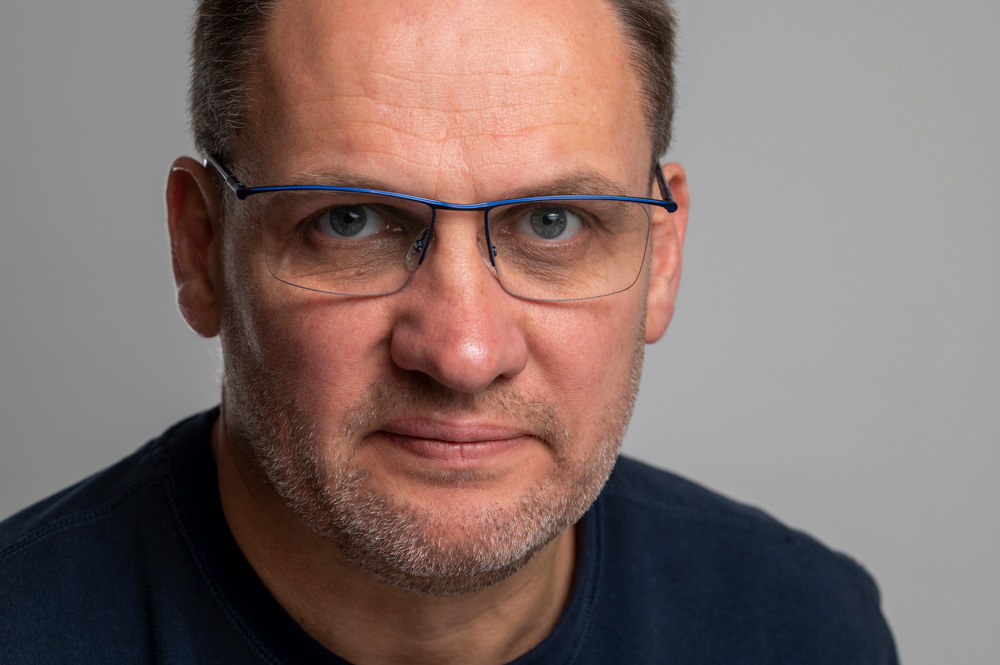"Professional photographer located in Belgium, I am now 52 years old with a practical experience of photography for twenty years. I am a lover of life. My optimistic and positive temperament and my joy of living allow me to meet very nice people. I started photography in the early 2000s, mainly family reports.
It was in 2015 that I really fell in love with photography with the purchase of my first reflex camera, a Nikon D5100. Self-taught, I perfected myself throughout my daily practice and by following training given by professional photographers: Photoshop (Olivier Rocq), packshot photography (Quentin Décaillet), understanding light in photography (Julien Apruzzese), empara. Fr...
As I love architectural photography, I will soon be taking professional training on this subject. Having become a professional since 2021, my photographic expertise is mainly at the service of companies but also individuals in order to sublimate their project and their know-how.
The artistic side of photography is also very important to me. I love to sublimate flowers, nature, landscapes... The landscape photo "The Enchanted Forest" was the winner of the largest photo competition in the world 2021 of the prestigious site
www.photo.fr in the landscape category and won the prize for the best photo of the
Brussels Art Vue 2022 art competition. The 'Trio' photo was a finalist in the 2021 World's Biggest Photo Contest resumes above. Several of my photos were included in the selection of the month on the Facebook page of the Sigma France site.
I particularly like the minimalist side of photography. It is not uncommon to stay 3-4 hours in my packshot studio and take more than 300 photos to create an artistic photo of a flower and thus find the best angle of view and the best lighting. I have participated in several photo exhibitions in my region and hope to "export" myself abroad."
